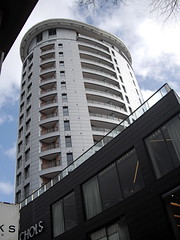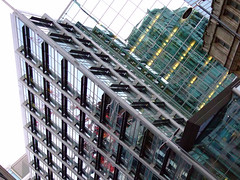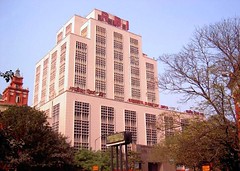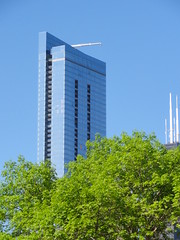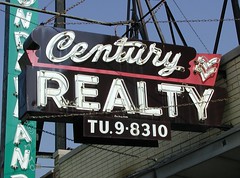Worried about economic and political factors influencing the real estate sector, investors have dumped real estate stocks in the past few months. The 15-member BSE realty index is down by 40 percent in past one year. The members of the index have had varying degrees of fall in their stock prices ranging between 8.5 percent and 81 percent during the same period. However, through all this, the Godrej Properties scrip has not only held its ground, but also registered 19 percent appreciation in price in the last one year.
One of the few business houses to be in real estate, Godrej Properties is a national real estate developer with presence across 11 cities in mid-income housing development. One of the biggest advantage enjoyed by the company is the equity of its brand “Godrej”. At a time when the sector is losing investor confidence due to some of its players’ supposed involvement in corruption, having a strong and reliable brand in the realty space could not have been more cherished by Godrej Properties.
Given the command of high interest rates, high influence is yet another issue for real estate companies. The low capital-intensive model is a good change over other capital-intensive companies. The fourth quarter ended March 2011 has been the best one for the company driven by sales from its projects in Ahmedabad and Gurgaon. The company is expected to launch 4.5-5.5 million square feet area in fiscal 2012.
Though, one of the concerns is its geographic concentration of the company’s landbank around half of which is located in Ahmedabad and another concern is the weak demand in Mumbai market where the company’s ambitious project ‘The Trees’ is being constructed at Vikhroli. The demand should recover by the next 02 years.



